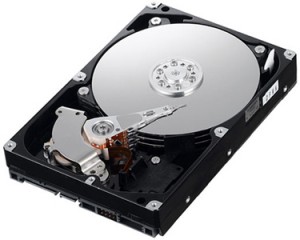 So, you’re lucky enough to own a computer that’s getting a little old and running like crap? Join the club, we all have one or more of these that for one reason or another we continue to use.
So, you’re lucky enough to own a computer that’s getting a little old and running like crap? Join the club, we all have one or more of these that for one reason or another we continue to use.
I’m sure its been checked multiple times for viruses and malware and its all squeaky clean. Probably even looked into disk fragmentation and other disk related issues and everything is A-OK! Although following all this investigative work, this system continues to run like a pig with three legs.
So, exactly what should be done to bring some life back to your old friend and maybe save you a few bucks and avoid having to replace this system with something new?
Simple, buy a new, bigger internal hard disk and clone your current disk to it! Its a fast, easy and cheap way to bring a ton of life back to an aging system.
Why does this help? Quite simply, even though your original disk checks out okay, its seek and write times are slowing down and whatever utility that was employed to check fragmentation and other issues, well, don’t believe it.
That old disk is littered with bad data and broken files beyond belief which is sending the read/write heads into a break dance and believe-it-or-not, writing all data in a single contiguous stream to a new drive actually assists in repairing some of these issues.
After years of use, there’s no repairing the worn drive and once the dreaded, unexplained and excessive disk activity begins which brings your old system to a crawl, the device is on its last legs and will most likely fail at the worst possible time.
What to do is pick up a 2 TB Seagate internal hard drive for about $70 and download the free Seagate DiskWizard software from their site or it may be included with your drive. Make sure to follow the instructions carefully!
This software makes it easy and painless to clone your internal drive to the new device so there’s no need to reinstall the operating system, applications, etc. (Laptops require an external USB cloning kit to attach the new drive to during the cloning process)
I’ve done this with several systems, both about 5 years old and although it didn’t magically convert them to like-new responsiveness, I would estimate that overall speed was increased by 35% along with the system booting and ready for use at least 3x faster.

